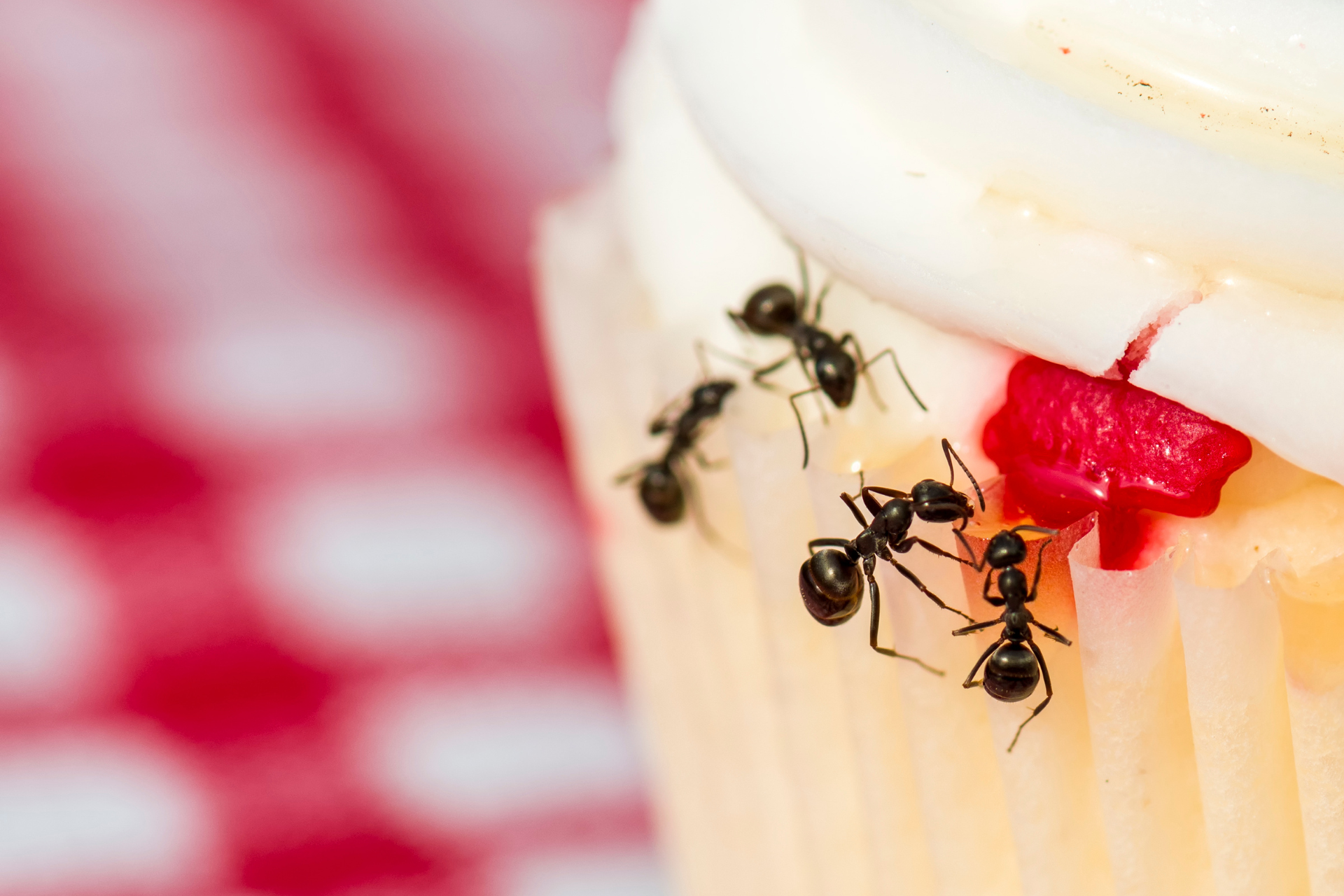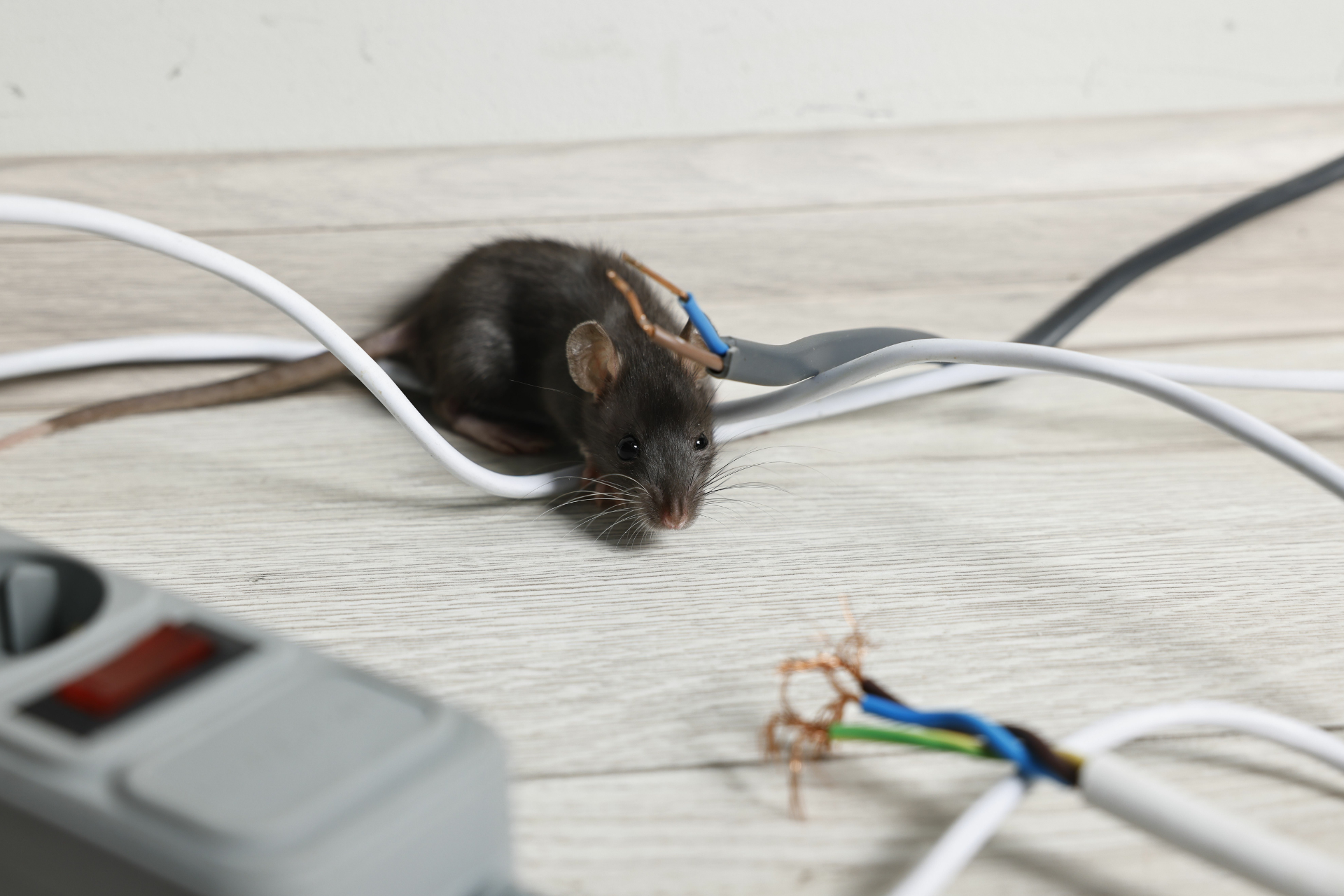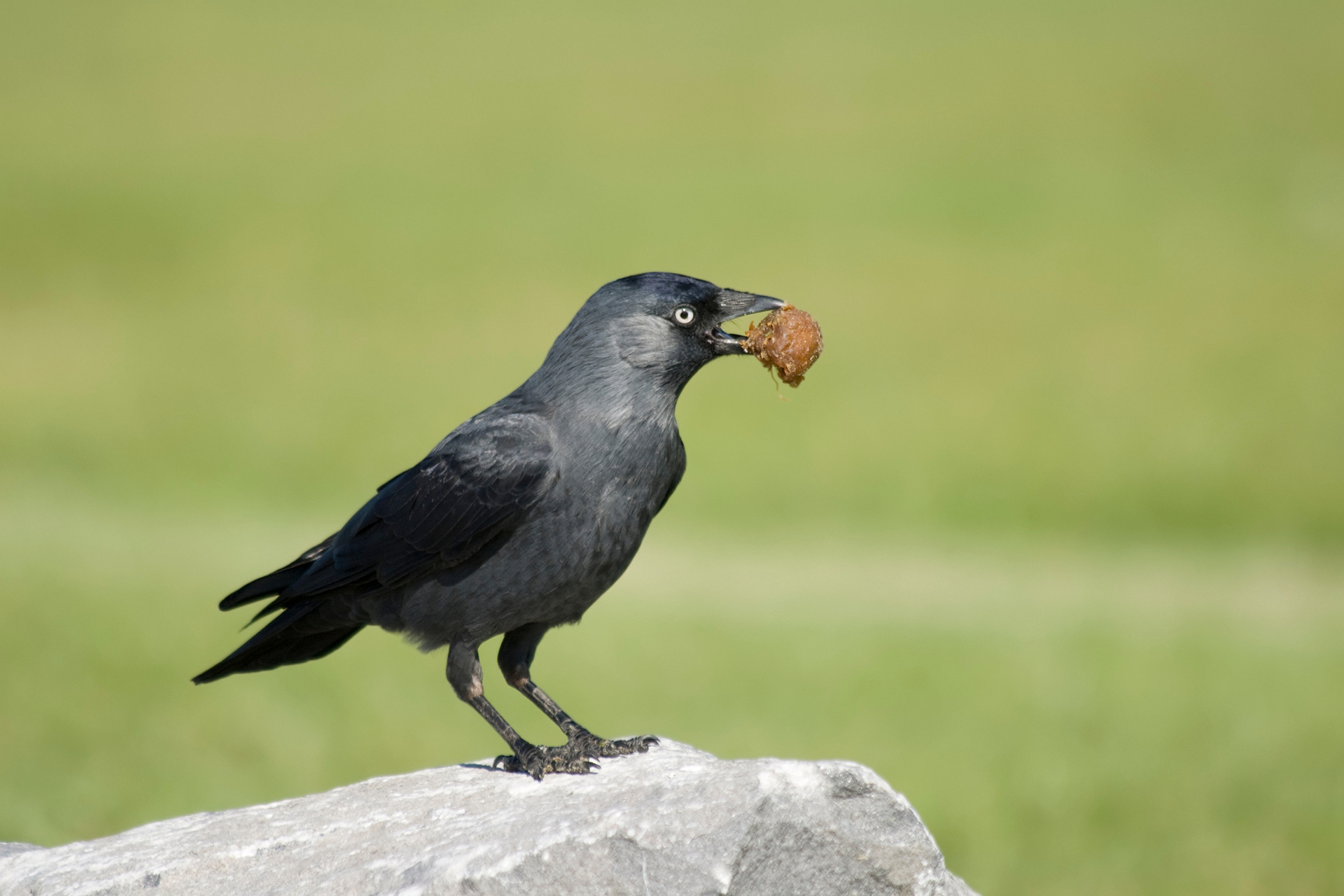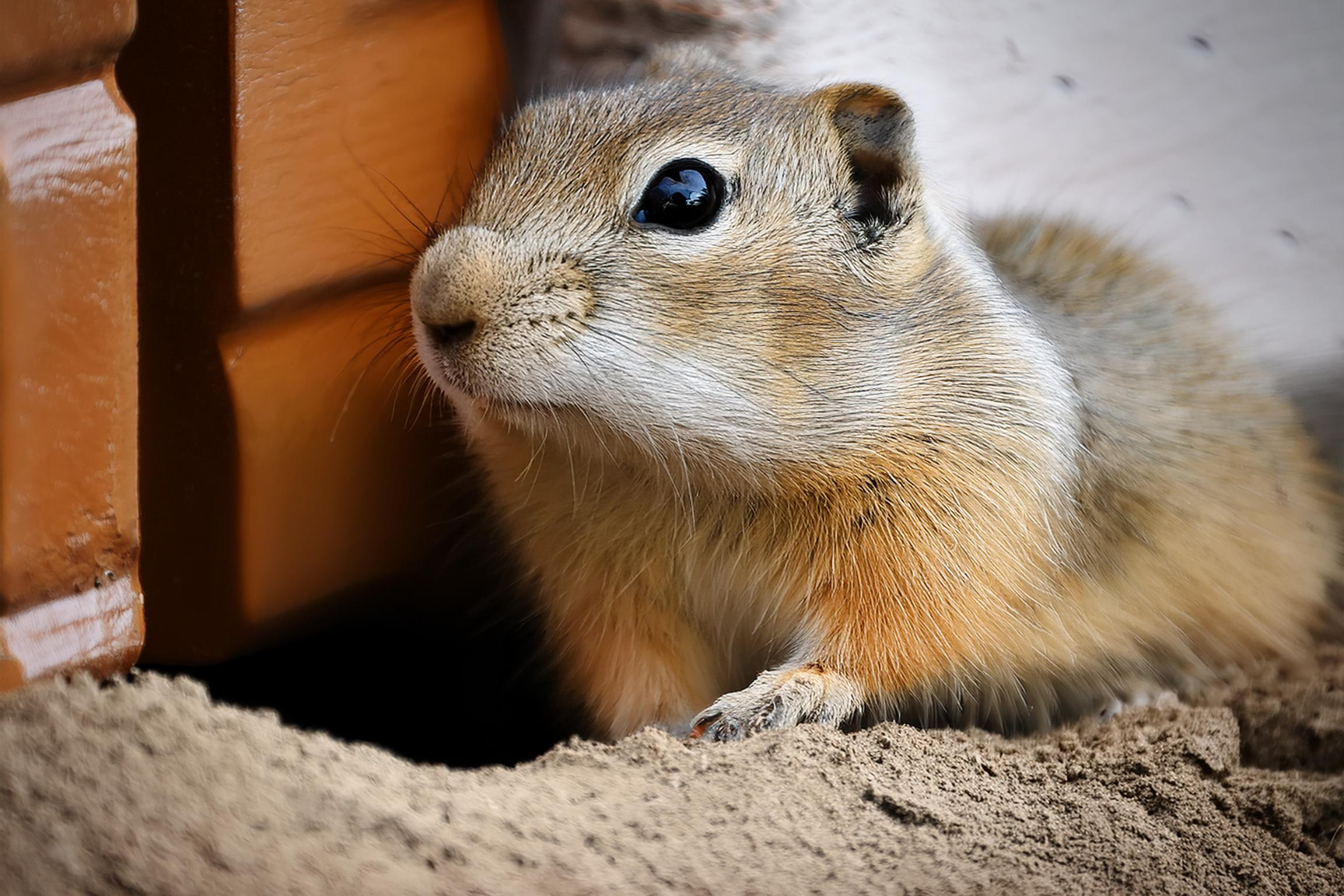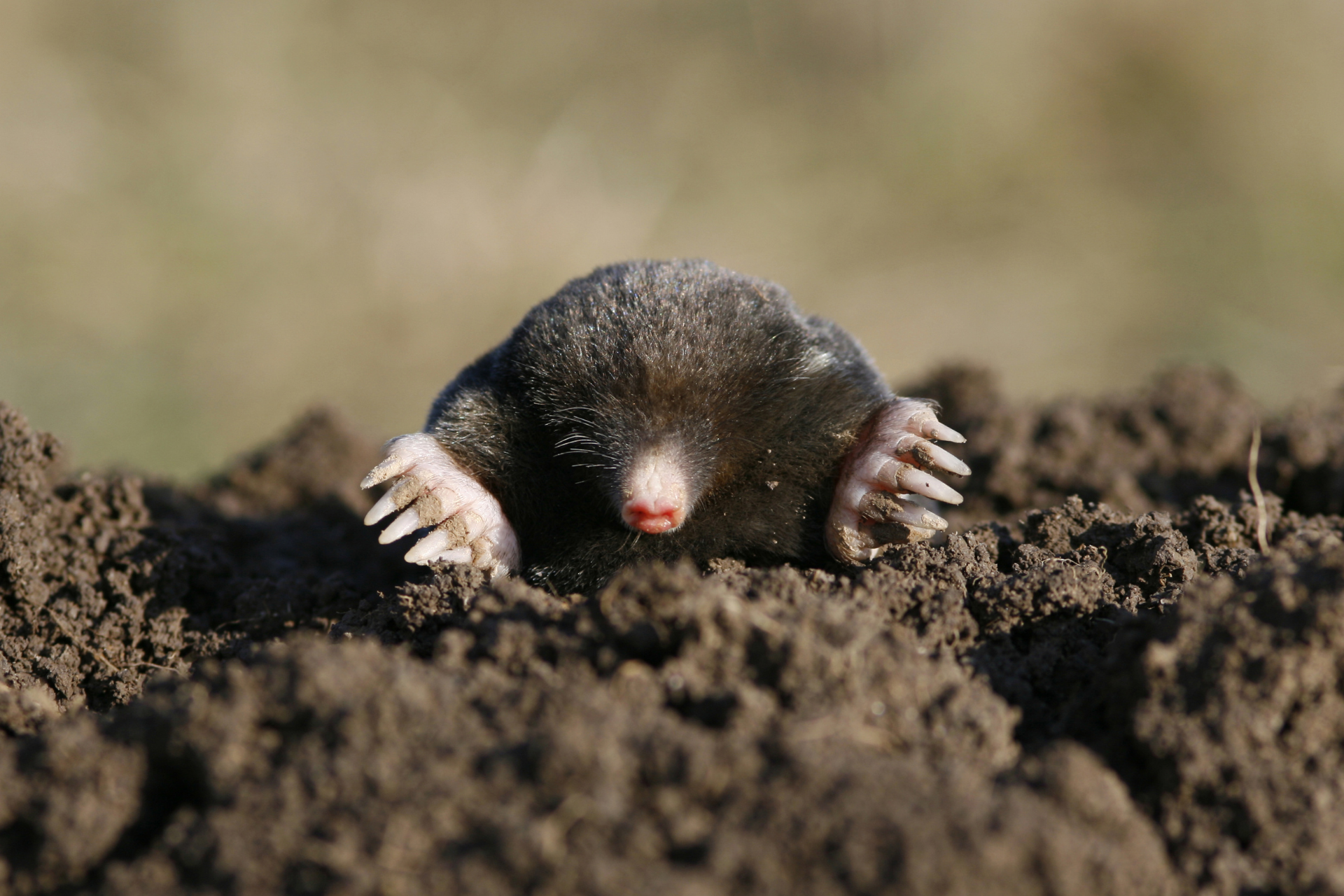Why Can't You Relocate Gophers?
Nothing ruins a flawless California lawn quite like a sea of dirt mounds. In ideal conditions, gophers can dig at a rate of three to four feet per hour, bringing pure destruction to a pristine landscape or vibrant garden. However, despite the damage they can do to crops and lawns, gophers still play an essential ecological role. Annually, a single one transposes approximately one ton of soil as it builds its extensive underground mansion, aerating the soil. Such practices particularly benefit agricultural areas where the ground has been compacted by machinery or grazing animals. The tunnels also capture rainfall and run-off that would otherwise prompt erosion.
Of course, when wildlife starts making a mess of your home, you have no choice but to act. To be more humane, homeowners are increasingly employing trap and release techniques to deal with nuisance wildlife on their property. The predominant belief is that relocation is a kinder alternative to fatal methods. And for the most part, it makes perfect sense. Numerous types of pests can be relocated successfully and without causing harm to the animals or endangering others. Unfortunately, gophers prove to be a more complex case. Relocating them can have dastardly effects on the individual animals as well as the surrounding environment.
Behavioral Barriers
First and foremost, they are solitary and territorial creatures. An individual critter typically occupies a 2,000 square foot space, and you will rarely find more than one per acre. Though they expend the maximum effort to construct intricate tunnel systems, the masterpiece they create is solely for their own enjoyment. They may have plenty of room but refuse to share such comforts with others of their kind, including lost or relocated gophers. The only time they willingly get together is during the breeding season in the spring and summer. Not only do they seal their tunnel openings to keep out intruders, but they also patrol and inspect the complete system every 24 hours. Upon relocation, they can be aggressively targeted by residing gophers who have already claimed the area.
Complications With Release
Relocated gophers may spread disease or struggle to find food and starve to death. Without a complete lay of the land, a relocated critter may fail to acquire appropriate shelter before falling victim to natural predators. Clay and moisture are essential components for structural integrity, and dry or sandy soil can deter them from setting up shop altogether. Without sufficient soil conditions, excavated tunnels may suffer cave-ins or lack adequate insulation.
Trap Resistance And Alternatives
According to the California Department of Fish and Game, gophers are nongame mammals and can legally trapped. In their storage chambers, they can sustain themselves even when sustenance is scarce. Flushing them out with carbon monoxide and trapping is what we do.
When it comes to control in a small, specified area, the best option is to implement preventative measures such as exclusion. To protect crops and other vegetation, you can install metal barriers that prevent gophers from reaching their objective. Galvanized mesh or metal baskets can do the trick but need to be installed underground at a sufficient depth. Flood irrigation is another means of reducing gopher populations but can sometimes result in drowning. Certain plants also serve as natural repellents, masking the presence of the desirable fruits and vegetables. Examples of plants that dissuade them include oleanders, rosemary, lavender, and strawberries.
Professional Control In Ventura And Los Angeles Counties
More often than not, relocation is merely a short-term solution. As long as conditions permit, more gophers can find a way to inhabit the area, and the vacancy will be filled by the next animal that comes along. The chance of a reinvasion is particularly high in irrigated areas. The key is to address the problem directly by changing the attractiveness of the environment. The experts at 101 Gopher & Pest Control can help you establish a pest control strategy that is both humane and effective. Contact us today to learn more about our pest control services in the Ventura and Los Angeles counties.

